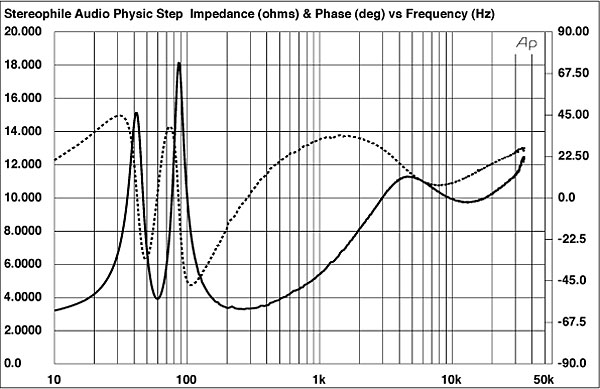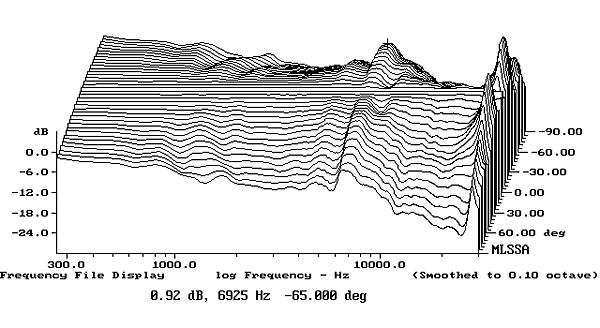| Columns Retired Columns & Blogs |
Who is Jack English?
Separate and aside from that issue, what is it with S'Phile and minimonitors? While it is true that all of audio comprises compromises, I feel that for over twenty years S'Phile has unduly emphasized minimonitors. I blame JA prinicipally (how long were B&W SS's in his primary system?), and Tom Gillette secondarily. When, ever, have the reviewers or contributors of this fine magazine pointed out to and educated the reader that sound reproduction is not best considered in terms of frequency response, but based instead on energy production throughout the most important portions of the frequency spectrum? I was a long time owner of minimonitors and then I learned an important lesson; minimonitors excel at all the things that tend to distract away from the essence of the music. Things like pin-point imaging, soundstaging, wrap-around, halo efffect, and laser-like treble. At the end of the day, they are sound effects and not music. I would go so far (admittedly an extreme view to make a point) that for too many audiophiles, minimonitors incentivize the owner to set up their speakers incorrectly and to listen for all the wrong things. For those that have apartments or small listening rooms and for those that are on a low budget, they serve a great purpose. They do not deserve the emphasis they get in this magazine.














































